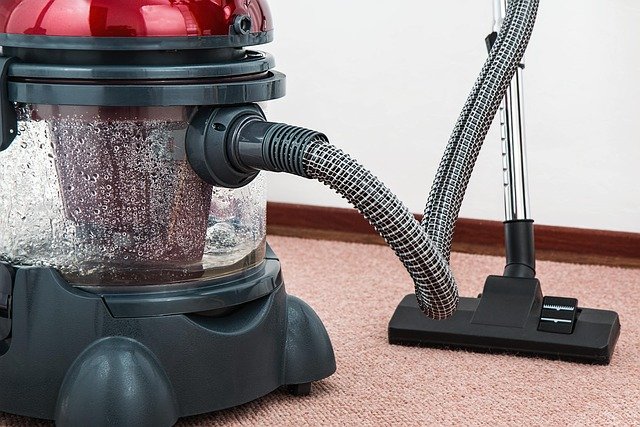Scrubber Brush Guide: Efficient Floor Care for Businesses
A scrubber brush is a practical, often overlooked component that determines how well a floor scrubber performs. From municipal halls to retail stores, these brushes remove soil, polish hard surfaces, and extend machine life when chosen and maintained properly. This article explains scrubber brush types, how they integrate with cleaning machines, and tips for industrial cleaning and janitorial equipment selection to help you get the best results.

floor scrubber: how the scrubber brush fits
The scrubber brush is the primary contact point between a floor scrubber and the surface. Brushes come in different diameters, bristle patterns, and materials to match pallets, rotating decks, or disk heads. Harder bristles and stiffer cores are suited for concrete and heavy build-up, while softer, fine-nylon or natural-fiber brushes are ideal for delicate finishes. Correctly matched brushes improve cleaning performance, reduce energy draw, and protect flooring. When replacing brushes, confirm compatibility with your floor scrubber’s mounting system and RPM specifications to avoid uneven wear and suboptimal cleaning.
cleaning machine: choosing the right brush type
Cleaning machines vary from compact walk-behind models to large ride-on scrubbers, and brush selection should reflect that diversity. Cylindrical brushes excel at edge-to-edge cleaning and picking up debris; disk brushes deliver aggressive agitation on flat surfaces. Consider bristle density, trim length, and material—nylon, polypropylene, and tampico each perform differently with water, detergents, and solvents. Manufacturers typically publish brush options per machine model; matching the brush to the machine’s torque and motor power prevents overheating and ensures consistent floor cleaning results across varied facility sizes.
industrial cleaning: brushes for heavy-duty use
Industrial cleaning demands brushes that can withstand abrasive soils, grease, and high-traffic wear. In warehouses, manufacturing floors, and transportation hubs, stiffer fillers like poly or tampico, sometimes in heavy-gauge wire for extremely stubborn soils, are common. Brush maintenance in industrial settings includes frequent inspection for flattened bristles, rebalancing of multi-brush decks, and scheduled replacement to maintain cleaning efficiency. Selecting brushes certified for chemical compatibility prevents premature breakdown when using aggressive degreasers or sanitizers common in industrial cleaning protocols.
floor cleaning: technique and maintenance
Effective floor cleaning with a scrubber brush is as much technique as equipment. Start with sweep/vacuum to remove grit that can abrade bristles and floors. Adjust pressure and solution flow to match soil levels—too much pressure or chemicals can damage finishes, too little yields poor cleaning. Routine brush care includes rinsing after use, allowing brushes to air-dry to prevent mildew, and storing off the floor to retain bristle shape. Rotating between brush types for different tasks (e.g., daily maintenance vs. deep scrubbing) extends service life and keeps floors consistent in appearance.
janitorial equipment: buying and compatibility tips
When acquiring janitorial equipment, factor in ongoing consumables like scrubber brushes. Buying compatible, OEM-recommended brushes guarantees fit and warranty compliance, but aftermarket options can offer cost savings if quality and material specs match. Keep an inventory of replacement brushes to avoid downtime; typical service intervals depend on hours of operation and floor conditions but inspect brushes monthly in high-use locations. Note: an attempt to retrieve live product or pricing data for additional guidance returned the error: Service Unavailable: . Because of that, avoid relying solely on automatic data pulls and verify product specs with suppliers directly.
Conclusion
Choosing the right scrubber brush is a strategic decision that impacts cleaning effectiveness, equipment longevity, and floor appearance. Understand how the brush interfaces with your floor scrubber and cleaning machine, select materials suited to the environment, and maintain brushes through proper cleaning and timely replacement. For industrial cleaning contexts, prioritize durability and chemical compatibility; for janitorial equipment purchases, balance cost with proven fit and supplier support. Where possible, consult manufacturer guidance and local services or suppliers in your area to confirm compatibility and ensure consistent floor cleaning outcomes.






